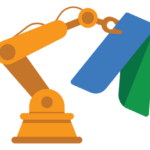Most Valuable AR Solutions in 2018 to 2020
According to Statista, the augmented reality services and devices revenue will increase dramatically from 2018 to 2020. For now, the most popular AR apps are for entertainment. But it is going to change soon.
General predictions for AR in 2018-2020
First, let’s check what changes are predicted for AR business in the nearest future and what trends will remain.
At the moment, the content produced with the help of AR apps includes mostly some cartoonish animations or photographs. In 2018, their look will become more and more photorealistic and even indistinguishable from real.
Image by Tumisu, source: Flickr
Deloitte predicts that, compared to 95% of AR being cartoonish in 2017, augmented reality solutions of 2018 will look 50% realistic. The hardware and software advances will allow even more realistic content by 2020. Now, the technology behind augmented reality used by the basic frameworks is visual inertial odometry systems (VIOs) with simple two-plane detection which allows tracking the physical position of the device user’s and it will probably stay dominating.
In 2018, AR apps for a smartphone will still be more accessible than a headset though not so impressive. But it can be fixed by 2020. Also, the projection based AR is a promising trend for augmented reality industry solutions.
Another trend is combining Internet of Things and Augmented Reality. 25 billion things are supposed to be Internet-connected by 2020, including home equipment, cars, factory floor equipment, jet engines, etc., so it’s no wonder that augmented reality technology is implemented to control and maintain connected items.
For now, it is a natural thing for companies, to consider AR as part of the mobile experience when planning and designing it. In 2020, it is expected to become a must-have.
Best augmented reality solutions in 2018-2020
Manufacturing and constructing solutions
AR allows providing workers with hands-on guidance and Instructions to complete tasks efficiently using real-time data and optimize processes.
The technology facilitates collaboration between designers and engineers providing virtual prototypes.
High-level 3D product visualization, demonstration, and virtual try-on becomes available.
AR makes it easier for prospects and investors to understand the potential of a product and make decisions.
Image source: Wikipedia
Training and education augmented reality technology solutions
With AR, “learning by doing” principle is easily implemented: you allow people to learn through interaction and not through passive perception.
Corporate enterprise training will be widely used for new hires and to improve skills of individuals and teams. Investigations prove that AR instructions result in a more than 80% reduction in the error rate for the assembly tasks. The best solutions will allow employees practice operating complex machinery in augmented reality.
Retail solutions
By 2020, we can expect various augmented reality retail solutions becoming a part of our everyday life. We can already see many implementations of it:
- Furniture and design apps
- Interactive menus
- Augmented reality fitting rooms
It is expected that emerging AR platforms will make augmented reality solutions in retail available not only for big companies as earlier but also for small businesses who will be able to use ready-made SAAS suggestions. Not only Ikea and a few other companies will be offering an ability to choose new furniture in augmented reality but also smaller segment.
Image source: Wikipedia
Marketing AR solutions
AR can be used for brand marketing, to promote brands, build awareness and engagement around a brand, a product or a service.
Two key features of AR marketing solutions are:
- Personalisation. Here, customers upload their own content and create a personalized form of media.
- Socialisation. The customers share their personal experience with others and it can go viral.
AR photo filters will still be popular in 2018 but it is just a beginning. It is a new epoch of marketing when companies can transform a walk down a street of any prospect into a merchandising experience and people will get information about vehicles, real estate or even other people clothes or bags in AR.
One of the key challenges of using AR in marketing still to solve in 2018-2020 is a measurement strategy. Agencies and businesses have to make up the way to analyze whether people who engage with a certain AR application buy more of offered products and how this experience influences their perception of a brand.
Navigation solutions
Capabilities of AR technology combined with 3-D mapping and visualization will provide new experience in navigation. AR-native frameworks allow to develop the technology and make it more accurate than GPS alone. Such solutions can provide a user with information about the public transport and routes via an AR interface on a mobile device. By 2020, AR navigation systems will be able to provide point-to-point directions and real-time monitoring of public transport schedules.
Image source: Wikipedia
Service solutions
AR enables high-level remote assistance, support service and sales presentations, saving time and cost on repairs and agents’ travel. Remote experts can provide help and consultations through augmented content.
Healthcare solutions
Augmented reality technology provides solutions designed for trauma, spine and cranial surgery. Using optical imaging and combination of 3D X-ray imaging surgeons can see inside and outside of a patient during surgical procedures. The physicians can use data visualization for diagnostic and treatment procedures which improves work efficiency, safety, and cost.
Wellness and fitness augmented reality apps will be developed in collaboration with IoT and involving wearables (another quickly growing tech market predicted to be worth $ 34 billion by 2020).
Travel solutions
Complex solutions supporting tourists during their trip are coming. People will be able to get guidance and information throughout their journey starting with apartment booking and sightseeing planning to navigation and entertainment and educational features.
What the future of augmented reality technology looks like
Constructors build without drawing and blueprints.
Factory employees learn faster and work with AR instructions and guides using projection-based AR.
Salespeople schedule augmented reality demonstrations of products.
A new level of effective self-service is achieved due to AR solutions, you don’t have to wait for a technical specialist to fix some standard problems with any equipment.
Augmented reality is also getting more and more important for Social Media though it is too early to predict possible solutions connected with this trend.
Author’s Bio:
Mary Dixon is a technical writer at enterprise software development company. She is incredibly inspired by the latest software development technologies and her passion is to combine all the technical experience with her marvelous writing skills. In spite of writing, Mary also likes to travel with her family making colorful photoshoots.

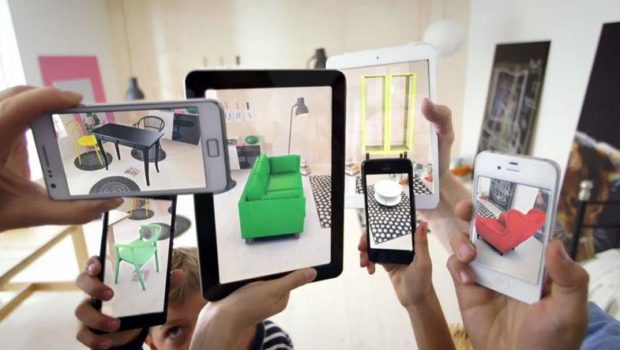
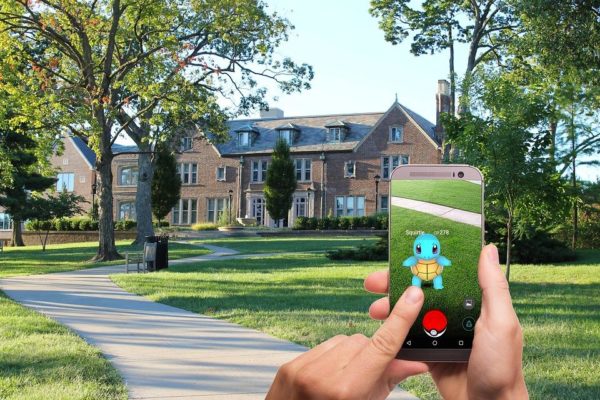
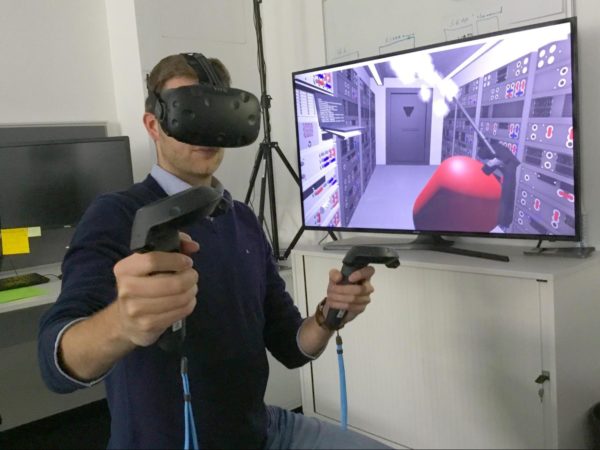
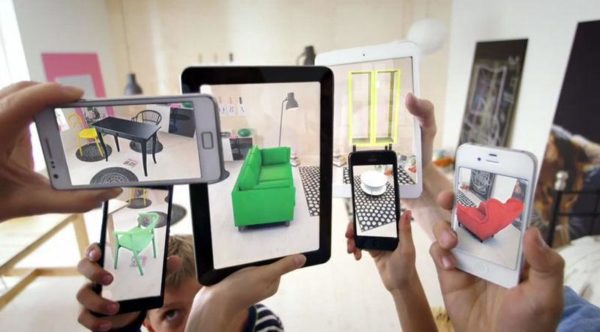
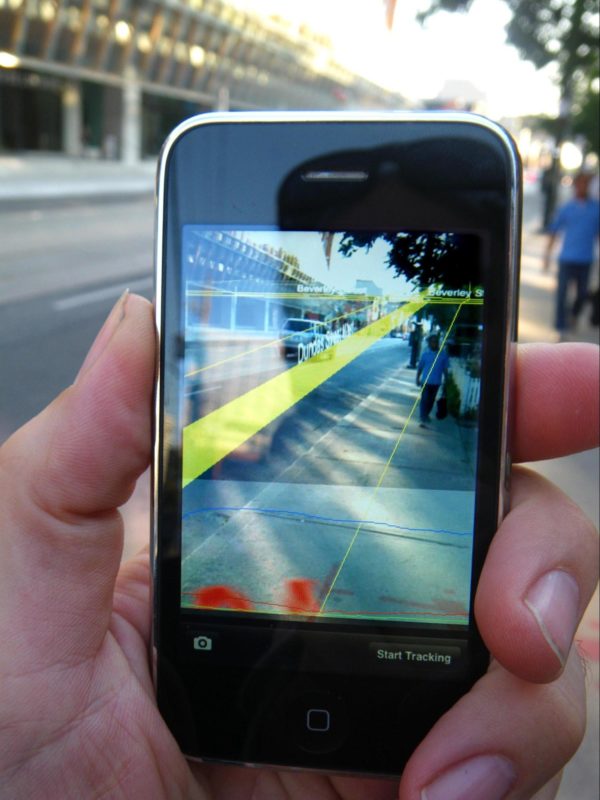


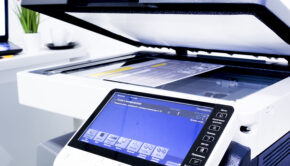

![How to buy your first drone in 2017 [Infographic]](https://technofaq.org/wp-content/uploads/2017/02/best-beginner-drones-in-2017-infographic-150x150.jpg)


